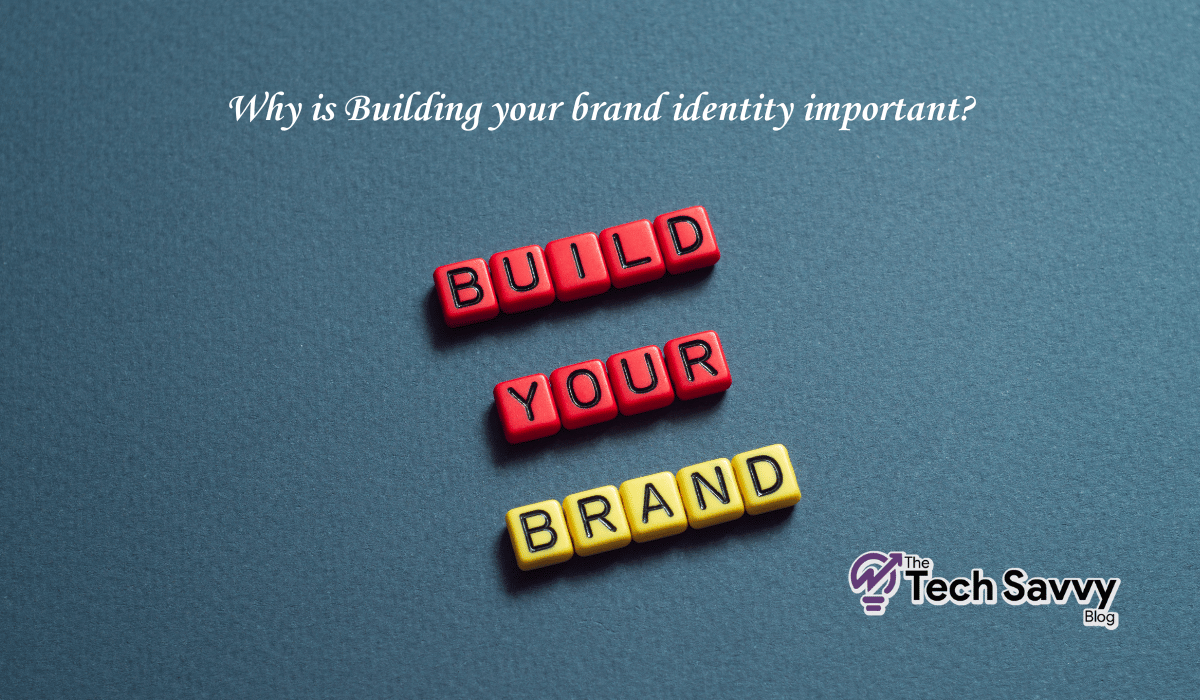Introduction to Build Process of Brand Identities
In today’s digital age process of brand identities: where competition is fierce and attention spans are fleeting, establishing a strong brand identity is more crucial than ever before. A brand identity encompasses the essence of your brand – its values, personality, and visual elements – and serves as the cornerstone of your marketing efforts. It’s what sets you apart from competitors, resonates with your target audience, and fosters brand loyalty.
Building a brand identity is not a one-size-fits-all process. It requires careful planning, strategic thinking, and creative execution. In this comprehensive guide, we’ll delve into the intricacies of the brand identity-building process, exploring each step in detail and providing actionable insights to help you create a brand that stands out in a crowded marketplace.
Research and Understanding

The first step in building a strong brand identity is conducting thorough research and gaining a deep understanding of your target market, industry landscape, and competitors. This foundational phase lays the groundwork for all subsequent decisions and strategies.
Market research involves analyzing demographic data, consumer behavior patterns, and market trends to identify opportunities and challenges. By understanding the needs, preferences, and pain points of your target audience, you can tailor your brand identity to resonate with them effectively.
Competitor analysis is equally important for identifying gaps in the market and differentiating your brand. By studying competitors’ branding strategies, messaging, and visual identities. You can identify opportunities to carve out a unique position for your brand and capitalize on untapped market segments.
Defining Brand Values and Personality
With insights from your research in hand, the next step is to define your brand’s values and personality. Brand values are the guiding principles that inform everything your brand does, from product development to customer service. They represent what your brand stands for and what it believes in.
Brand personality refers to the human traits and characteristics attributed to your brand. Is your brand playful or professional, modern or traditional, adventurous or reliable? Defining your brand’s personality helps create a consistent tone and voice across all communication channels, fostering deeper connections with your audience.
During this phase, it’s essential to involve key stakeholders, including company founders, employees, and loyal customers, in the discussion. Collaborative workshops and brainstorming sessions can help clarify your brand’s values and personality traits, ensuring alignment with your overall business objectives.
Visual Identity and Brand Assets

Visual identity plays a crucial role in shaping perceptions of your brand and enhancing brand recognition. It encompasses elements such as logo design, color palette, typography, and imagery, all of which work together to convey your brand’s identity visually.
it’s essential to create a symbol or wordmark that is distinctive, memorable, and reflective of your brand’s values and personality. The choice of colors should evoke the desired emotions and associations, while typography sets the tone for your brand’s written communication.
Consistency is key when it comes to visual identity. All brand assets, from business cards to website design, should adhere to the same style guidelines to maintain coherence and strengthen brand recognition. Regular audits and updates may be necessary to ensure consistency across all touchpoints.
Brand Messaging and Communication
Effective brand messaging is essential for conveying your brand’s values, personality, and unique selling propositions to your target audience. It encompasses the language, tone, and content used in your marketing materials, advertising campaigns, and social media posts.
Crafting compelling brand messaging requires a deep understanding of your target audience’s needs, desires, and pain points. It should resonate with them on an emotional level, eliciting feelings of trust, authenticity, and affinity towards your brand.
Consistency and authenticity are paramount in brand communication. Your messaging should align with your brand’s values and personality. Reflecting its unique identity and resonating with your audience across different channels and touchpoints.
Utilizing storytelling techniques can help bring your brand’s narrative to life, making it more relatable and engaging for your audience. Whether through blog posts, videos, or social media content, storytelling allows you to connect with customers on a deeper level, fostering loyalty and advocacy.
Conclusion
In conclusion, building a strong brand identity is a multifaceted process that requires careful planning, research, and execution. By understanding your target market, defining your brand’s values and personality. Crafting a compelling visual identity, and communicating effectively with your audience. You can create a brand that resonates and stands out in a crowded marketplace.
Remember, building a brand identity is not a one-time task but an ongoing journey that evolves with your business and its audience. Regularly reassessing and refining your brand strategy, staying attuned to market trends, and listening to customer feedback are essential for maintaining relevance and competitive advantage.
Ultimately, a well-defined brand identity serves as the foundation for building lasting relationships with customers, driving brand loyalty, and achieving sustainable growth. Embrace the process, stay true to your brand’s essence, and watch as it flourishes in the hearts and minds of your audience.
